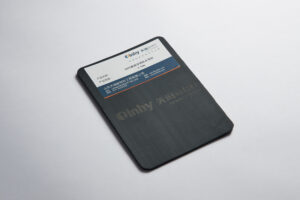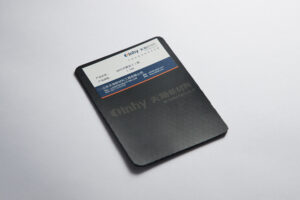HDPE geomembrane (High-Density Polyethylene Geomembrane) is a geosynthetic material made of high-density polyethylene.
Material properties of hdpe geomembrane
Chemical corrosion resistance: HDPE geomembrane has excellent chemical stability and can withstand the corrosion and erosion of various acids, alkalis, salts and chemicals. This makes it effective against attack by chemicals in a wide range of environmental conditions.
Aging resistance: HDPE geomembrane has good aging resistance and can resist the influence of environmental factors such as ultraviolet rays, oxidation and humidity. Through appropriate additives and treatment methods, its anti-ultraviolet performance can be improved and its service life can be extended.
High strength and toughness: HDPE geomembrane has high strength and toughness, and can bear certain tensile and tearing stress. This makes it effective against groundwater pressure, soil movement and mechanical forces in engineering applications.
High barrier property: HDPE geomembrane has excellent barrier properties and can effectively block the penetration of moisture, gas and harmful substances. It can be used as a waterproof layer, anti-seepage layer and isolation layer to prevent the spread of groundwater or harmful substances.

Flexibility: HDPE geomembrane has certain flexibility and adaptability, and can adapt to large deformation and shape changes. This enables it to have better adaptability and durability in construction under complex geological conditions.
Environmentally friendly: HDPE geomembrane is an environmentally friendly material that is recyclable and reusable. It will not pollute soil and water bodies, nor will it produce harmful gases or volatile organic compounds.
Convenient construction: HDPE geomembrane can be connected and fixed by hot-melt welding technology, and the construction is relatively convenient. It can be provided in large rolls or prefabricated sheets in custom sizes to suit different project scenarios and needs.
These characteristics make HDPE geomembrane widely used in environmental engineering, water conservancy engineering, sewage treatment, contaminated site restoration, landfill and other fields. In specific engineering applications, appropriate geomembrane thickness, tensile strength, barrier properties and other material parameters should be selected according to actual needs.
When installing HDPE geomembrane, it may be necessary to use some auxiliary materials to enhance its effect and maintain stability.

What auxiliary materials are there for installing hdpe geomembrane?
Ground Nails or Fixtures: Used to fix the edges and corners of the geomembrane to ensure it fits snugly to the surface or structure. Ground nails are usually metallic materials that are driven into the ground to hold the geomembrane in place. Fixing equipment such as U-shaped nails are also commonly used for fixing geomembranes.
Uniform fill or filler: After the geomembrane is laid, cover it with even fill or filler to increase the stability and protection of the geomembrane. The choice of fill or filler should be determined according to the specific engineering requirements and the use of the geomembrane, which can be sand, crushed stone, crushed stone concrete or other available materials.
Depression Filler: For applications requiring drainage and impact resistance, a depression filler can be filled under the HDPE geomembrane. Recess fills are typically filled with granular materials such as sand, gravel, or artificial fill to provide drainage channels and evenly distribute the load.
Filter material: In some specific projects, it may be necessary to add filter material below or above the geomembrane to control water flow and prevent particle penetration. Commonly used filter materials include geosynthetic cloth, fine sand, gravel, etc.
Protective layer: In some cases, in order to increase the durability of the geomembrane and protect it from environmental damage, a protective layer can be covered on the surface of the geomembrane. The protective layer can be a surface UV-resistant, corrosion-resistant material, such as rock wool board, gravel, asphalt or concrete.
[wpforms id=”40″]


